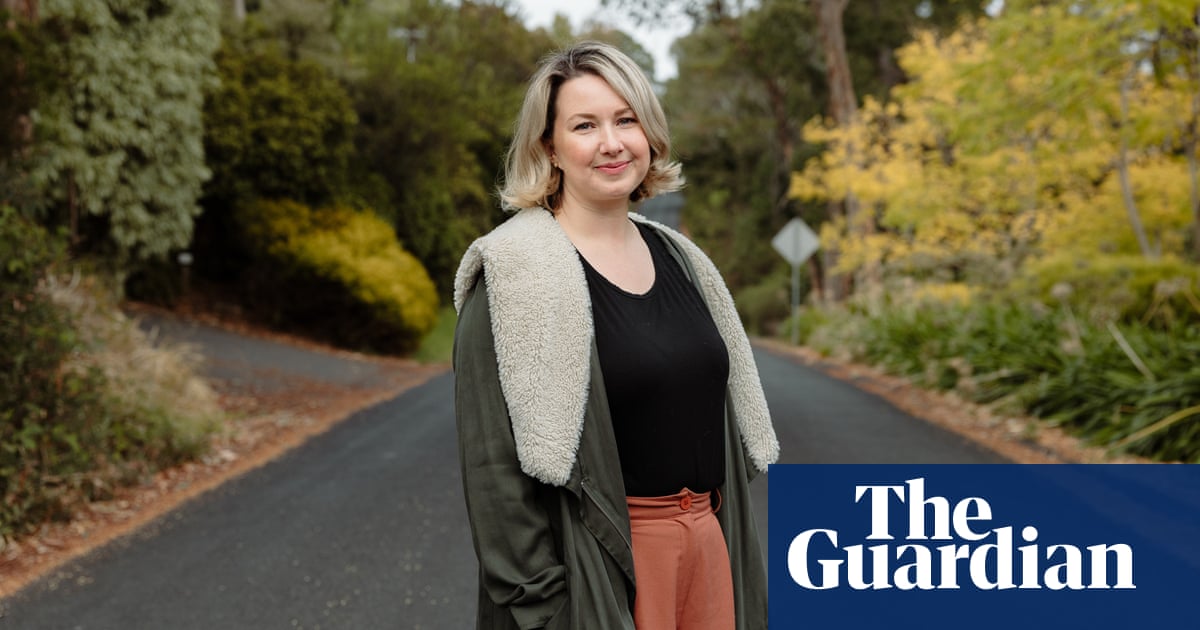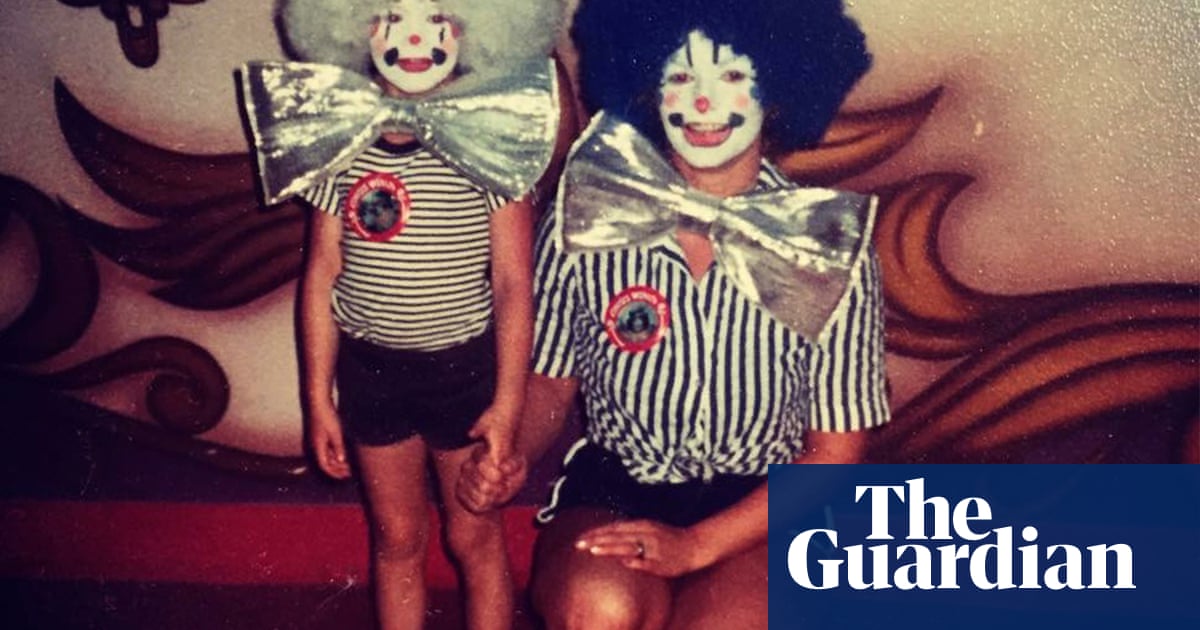The way Hannah Kent tells it, the wood-lined backstreets of the Adelaide Hills are as important to her writing as the hours spent at her desk.
“This is where I walk when I’m talking out my books,” she says as we set out from her gravel driveway. “This is the closest thing to a daily jaunt – there’s a few hills, it’s a pretty sweaty affair.”
It is usually Kent’s wife, Heidi, who walks alongside her, patiently listening as the bestselling novelist “mutters aloud” about the roadblocks and challenges blighting her latest work-in-progress.
“It’s a great gift, you know, to have her put up with me for an hour while I simply talk out everything that’s not happening.”
Kent is a few days out from her 40th birthday when we meet, and in the middle of rewrites for a screenwriting project. She’s excited about the milestone; she has had enough friends pass away too young to be insecure about ageing.
The passage of time has also been front of mind thanks to her latest book, Always Home, Always Homesick, a memoir whose knots were also teased out over these rolling hills.
The book had its origins during the pandemic restrictions, when she and Heidi would trace this same loop with their young daughter and newborn son – two sleep-deprived parents pushing a giant pram. Kent was supposed to be finishing her third novel, Devotion, but the anxiety of lockdowns, border restrictions and motherhood were seeping into her subconscious.
“I was having these incredible dreams about Iceland, very intense, sensory-heavy, very realistic dreams,” she says.
“I started to have this acute feeling of homesickness for Iceland.”
The frosty and remote Nordic nation has played a formative role in Kent’s literary career and personal life since she first visited in 2003 as a bookish 17-year-old on a Rotary exchange.
It was a big leap; the teenager spoke no Icelandic and arrived at a cold, dark Keflavík airport in the middle of winter. She was still there when the airport closed hours later – the welcoming party had forgotten about her. Eventually, Kent would make friends, learn the language and gain an adoptive second family who started calling her “Hannah okkar” – “our Hannah”.
In 2020, while Kent was dreaming of Iceland, Kent’s mother dropped off a giant cardboard box full of ephemera from her childhood – including journals, letters and folders of printed-out emails from those difficult first months in Iceland.
“I started thinking more and more about what I was experiencing at [this] point in my life. It was this kind of disconnection from self through becoming a parent, not really knowing how to write, and feeling physically alienated from myself because I didn’t recognise my own body.
“And then I was reading these emails that my mum had dropped off, where I’m 17 years old and feeling kind of the same way – like feeling on the cusp of something. Feeling kind of frustrated, but also curious, and not really knowing who I am.”
“I was kind of having a second adolescence,” she realised; one that drew her unwaking mind back to Iceland.
Kent had always dreamed of being a writer. This walking route isn’t far from her childhood home, and when we pass a particularly beautiful paperbark tree, its outer layers peeling off in crisp white sheets, Kent explains how she used to make books out of bark as a kid.
That dream took form in Iceland. It was on that first trip to Iceland that Kent encountered the story of Agnes Magnúsdóttir, the last person to be executed in Iceland. Her life and death – executed in 1830 for her part in the killing of two men – would later inspire Kent’s debut novel, Burial Rites, in 2014. Its international success made Kent’s name as a writer – while forever linking it with Iceland.
after newsletter promotion
Chasing Magnúsdóttir’s story taught Kent the craft of historical fiction – a careful mediation between slivers of revelation in the archive and a creative process that bordered on otherworldly (the final words she ascribes to Agnes came to Kent in a dream).
“It’s intoxicating, it’s such a heavy process,” Kent reflects. “You have these moments of discovery which can completely shift your perspective. It’s almost euphoric when you can discover something, or when your own speculations have proven to be correct, [because] there’s so much doubt involved in any research process.”
The story of her 2003 exchange was frequently retold when Kent was a debut novelist on the promotional trail, but she had taken care to keep some things for herself. She had always brushed off the idea of writing a memoir, but after finishing Devotion she was drawn back to those dreams.
“I’ve never really thought of my life as being interesting enough,” she says. “That was why I write fiction – I’m drawn to other people’s lives.”
But after the challenges of her third novel, Kent realised the best way to reconcile this second adolescence was to make sense of the first.
“Spending all this time with my 17-year-old self, even just reading journals and diaries, there’s a real anxiety there. Like, ‘I’ve got to work out who I am, and what’s authentic.’
“It’s this idea of ‘becoming’, so that then you can get on with things. And then, of course, you keep getting older and the ‘becoming’ is endless. You’re just always becoming, it’s a constant state.
“All this yearning and questioning and curiosity converged at this particular point in time. And I thought, I’m getting that feeling I get when I know I’ve got to write about it to be rid of it.”
She thought it would be easy, but her own past still required untangling. That box of her teenage writings was itself an imperfect archive, where the chipper accounts she emailed back to her parents didn’t always align with her own memories, or the person she remembered being.
“I hadn’t anticipated that at all. So as much as it’s a reckoning with something that happened, it’s [also] a reckoning with the person right now, and maybe the stories you have told about yourself. That was interesting.”
Once border restrictions lifted, she eventually returned to Iceland in 2023 after being invited to open a literary festival. The homecoming allowed her to reflect on a place that had not only transformed her life and writing, but had also been subtly influenced in return. Today, the site of Magnúsdóttir’s execution bears a new memorial that quotes from Burial Rites – and the words that came to Kent in a dream.
Since she wrote Burial Rites, the public’s understanding of the case has also evolved. In 2017 Iceland mounted a mock retrial using original transcripts that weren’t available when she wrote the book. This time, Magnúsdóttir’s life was spared in favour of a reduced 14-year prison sentence. Kent says she would probably write the book differently if embarking on it today, and wonders if she gave enough weight to the likelihood of sexual abuse in the story.
Writing the memoir, Always Home, Always Homesick, gave Kent a chance to reconsider Magnúsdóttir in print. But it also invites readers to commune with another figure from the past: that restless teenage girl who dreamed of being a writer and stepped off a plane into a cold and dark unknown.
“You know that almost physical feeling of just bursting with creativity?” Kent says. “It was a real pleasure to be able to spend time with a younger Hannah who had that every day, you know? Because I do feel like you have to stay awake to it.
“I do think that you can lose that euphoria, you can lose that sense of wonder, and it’s nice to still look at your contemporary creative practice, and be like, ‘No, it’s still there.’ You know, I’m still being led by the same things.”
After about an hour the loop has led us back to Kent’s home – one of them at least. She waves goodbye at the driveway and heads back inside. After all, she has writing to do.










